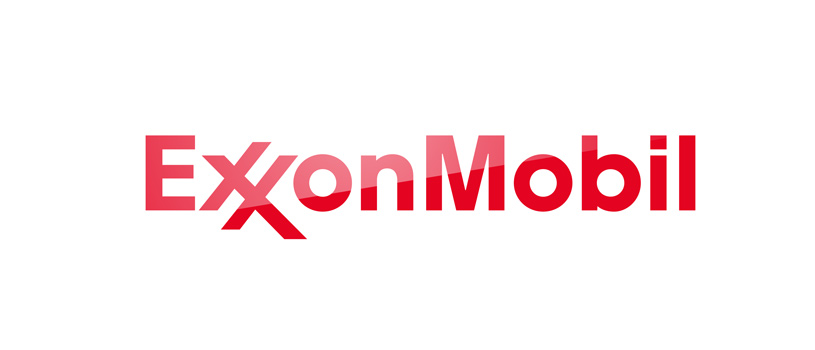India’s transformation on the world energy stage is a study in speed and scale. The country’s population of 1.3bn is expected to grow to over 1.5bn this decade, overtaking China as the world’s most populous nation.
Not only will there be more Indians, but Indians will be doing more as the nation’s economy harnesses its productive potential and living standards advance. All this will require large-scale energy solutions that can get the job done, starting now. Gas is one of the fuels that will be doing some of the heavy lifting.
Where will that gas come from? With India’s growing gas demand outstripping domestic production, LNG is playing an increasingly important role. Today, more than half of India’s gas needs are met with LNG from overseas, up from 31pc in in 2012, according to the US EIA. While efforts are underway to sustain domestic production from major fields such as the Mumbai High, as India grows, annual demand for LNG is expected to increase from 30mn t/yr to 40mn t/yr as early as 2030. That is a lot of gas, and a lot of growth. Fortunately, with the right investments here and around the globe, LNG can deliver for India.
Virtual pipelines, real benefits
What can be done to extend the benefits of LNG in India? The familiar narrative goes that growth in India’s LNG imports is being held back by a lack of pipeline infrastructure connecting coastal LNG regasification terminals to the major demand centres inland. But that is only part of the story.
India has around 17,000km of pipelines, the majority of which are on the west coast. Significant pipeline network expansions are underway. However, building pipelines takes time, with outlays often costing billions long before the first molecule can flow. Additionally, although pipelines make economic sense, serving geographic concentrations of gas demand, they often leave dispersed demand unaddressed.
That is where innovation in the form of ‘virtual pipelines’ comes into the picture. A ‘virtual pipeline’ moves LNG in insulated containers via road, rail and barge. That means that they can be quickly deployed, providing accelerated access to gas without waiting for a completed physical pipeline. And virtual pipelines can help serve a broader geographic distribution of customers.
Another feature of virtual pipelines is their advantaged capital profile, which is ‘pay as you go.’ This reduces upfront cash needs, creating a capital-efficient pathway to expansion. And since a virtual pipeline infrastructure is mobile, it is a highly flexible system that can adapt efficiently to change. For example, if a pipeline is eventually built to serve an area jumpstarted by virtual pipelines, the virtual pipeline equipment can be redeployed to the next area needing gas.
Lastly, virtual pipelines can leverage India’s technological capabilities and drive a new ‘Made-In-India’ industrial sector to supply the necessary tanks and equipment. All these advantages can add up. And while the pipelines may be virtual, the benefits for India will be real.
That is why at ExxonMobil we think it is time to get started. We recently joined forces with state-owned Indian Oil Corp. and industrial gases supplier Chart Industries to develop the concept in India. When combined with ExxonMobil’s experience in supplying LNG from projects around the globe, the stage is set for a winning combination.
Building a bridge to renewables
We know that gas-fired power generation can play a critical role in decarbonising and modernising India’s power sector. Gas also has a role to play in extending the scope for renewables. Where renewables alone face challenges of intermittency, gas/renewables bundled power could deliver increased reliability, resilience and grid stability. That is the kind of power needed for the future in India to build a stronger foundation for delivering on the country’s ambitious emissions goals.
Billl Davis is lead country manager for ExxonMobil South Asia. If you have any questions or want to keep informed about ExxonMobil LNG in India please sign up here.
For the full article please click here
To learn more about ExxonMobil’s India virtual pipeline initiative click here









Comments